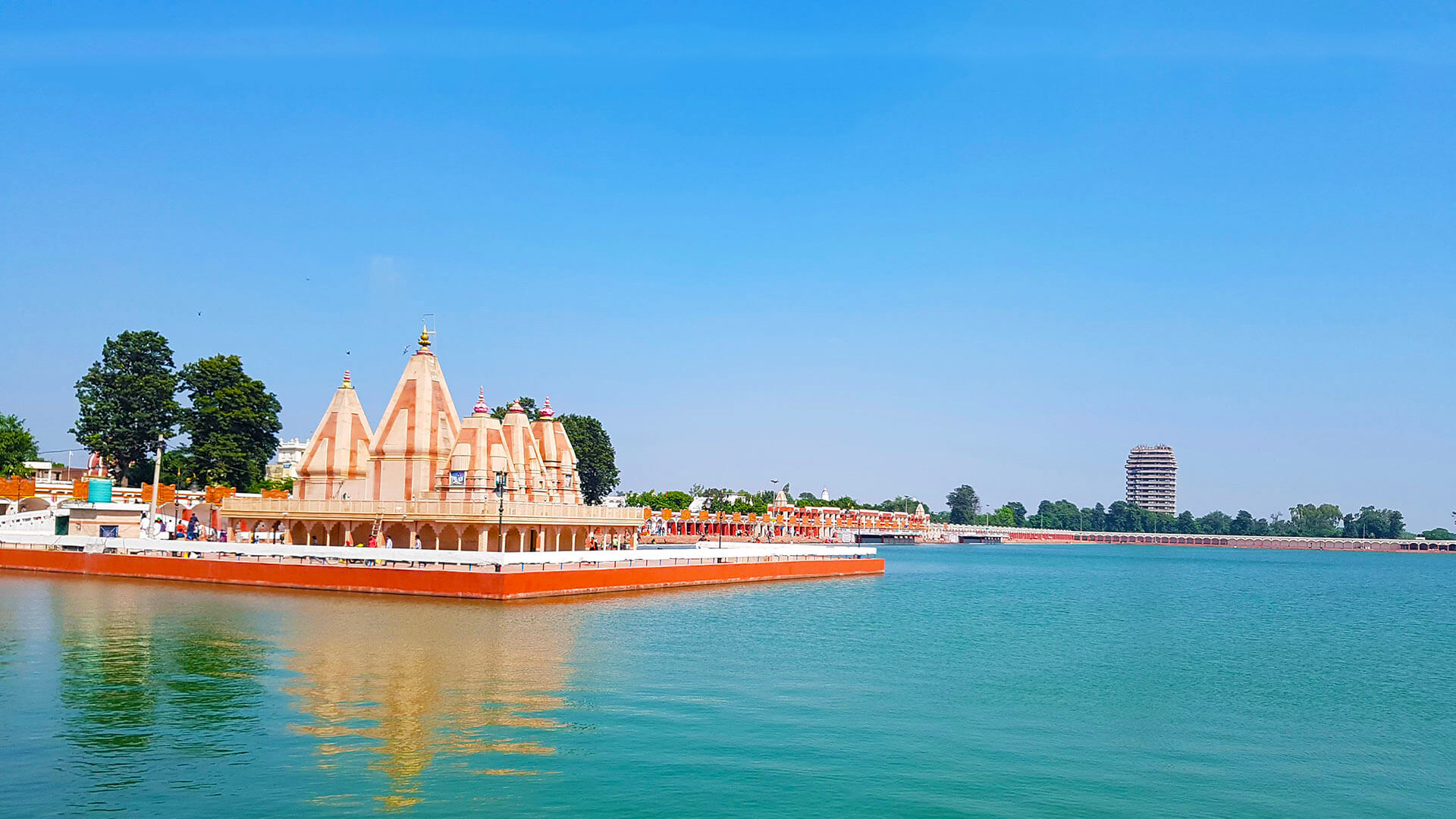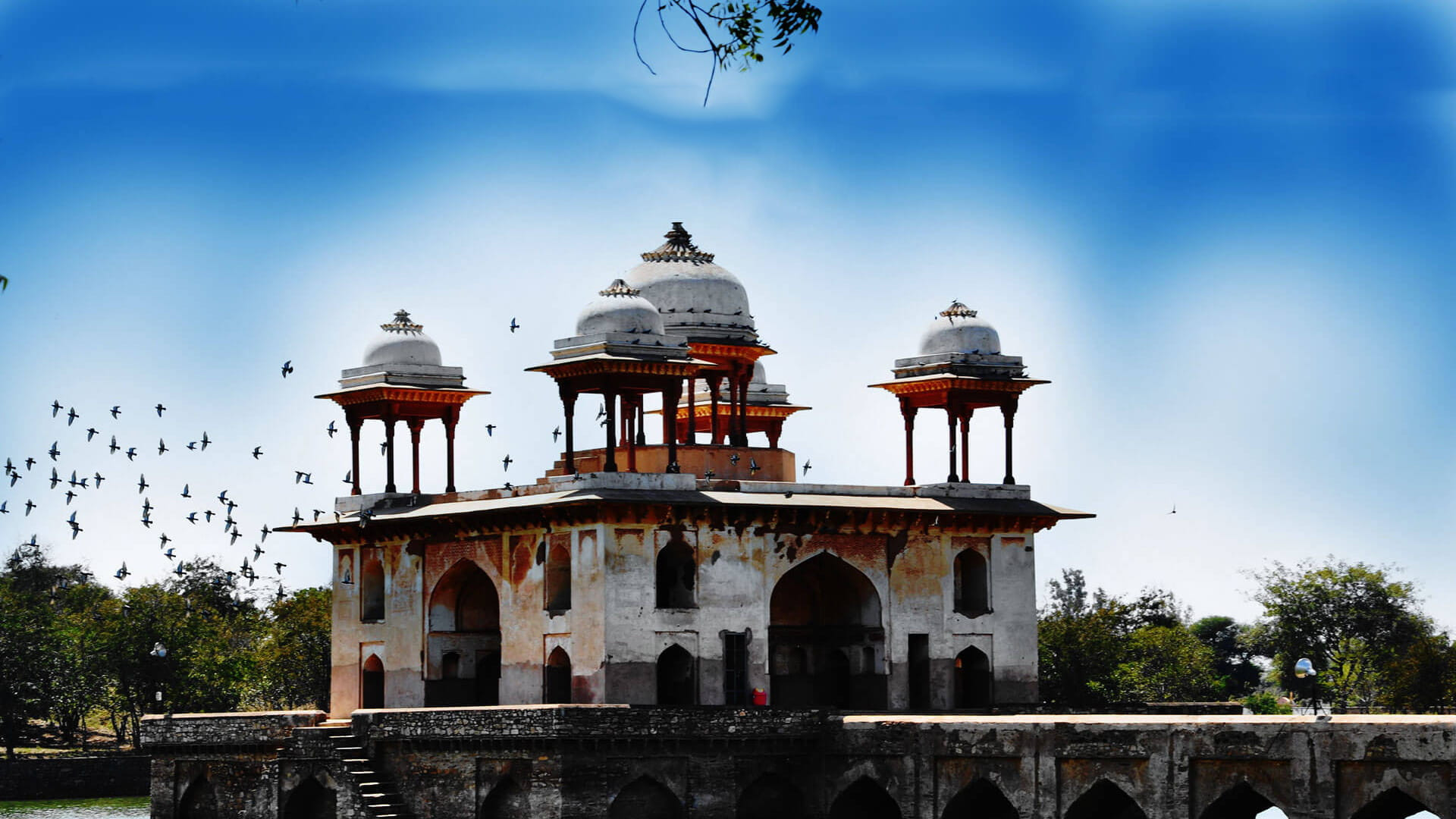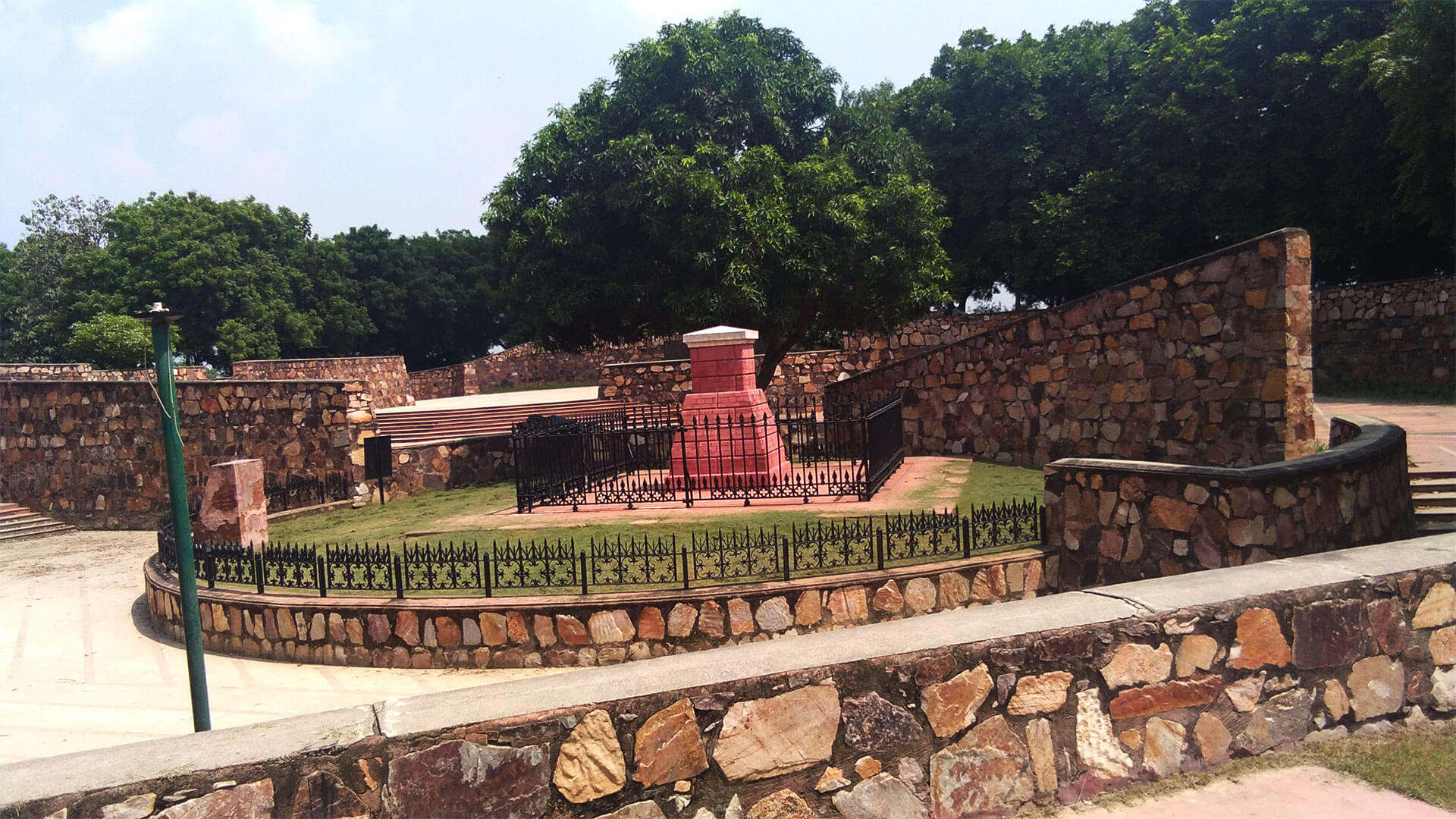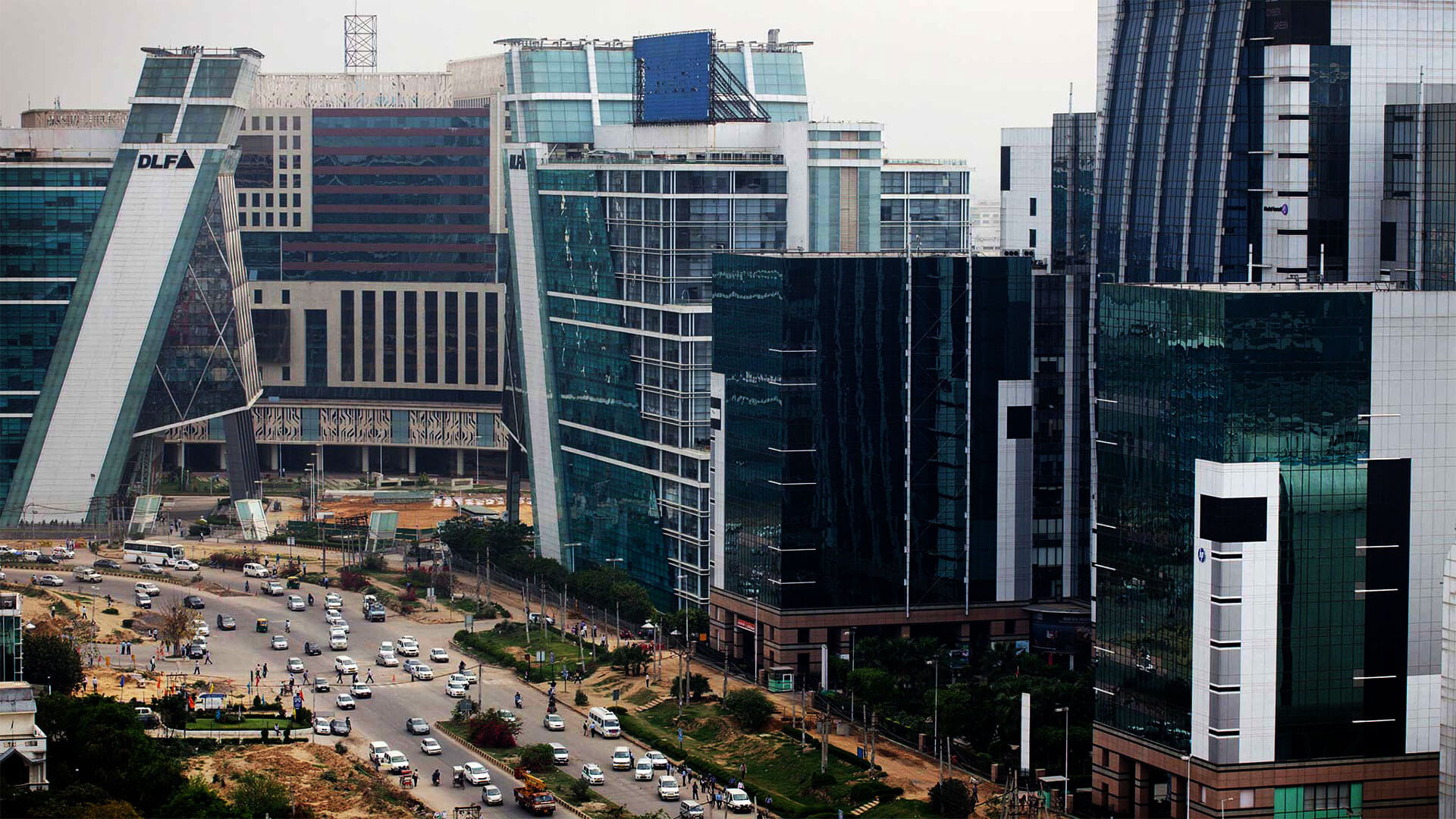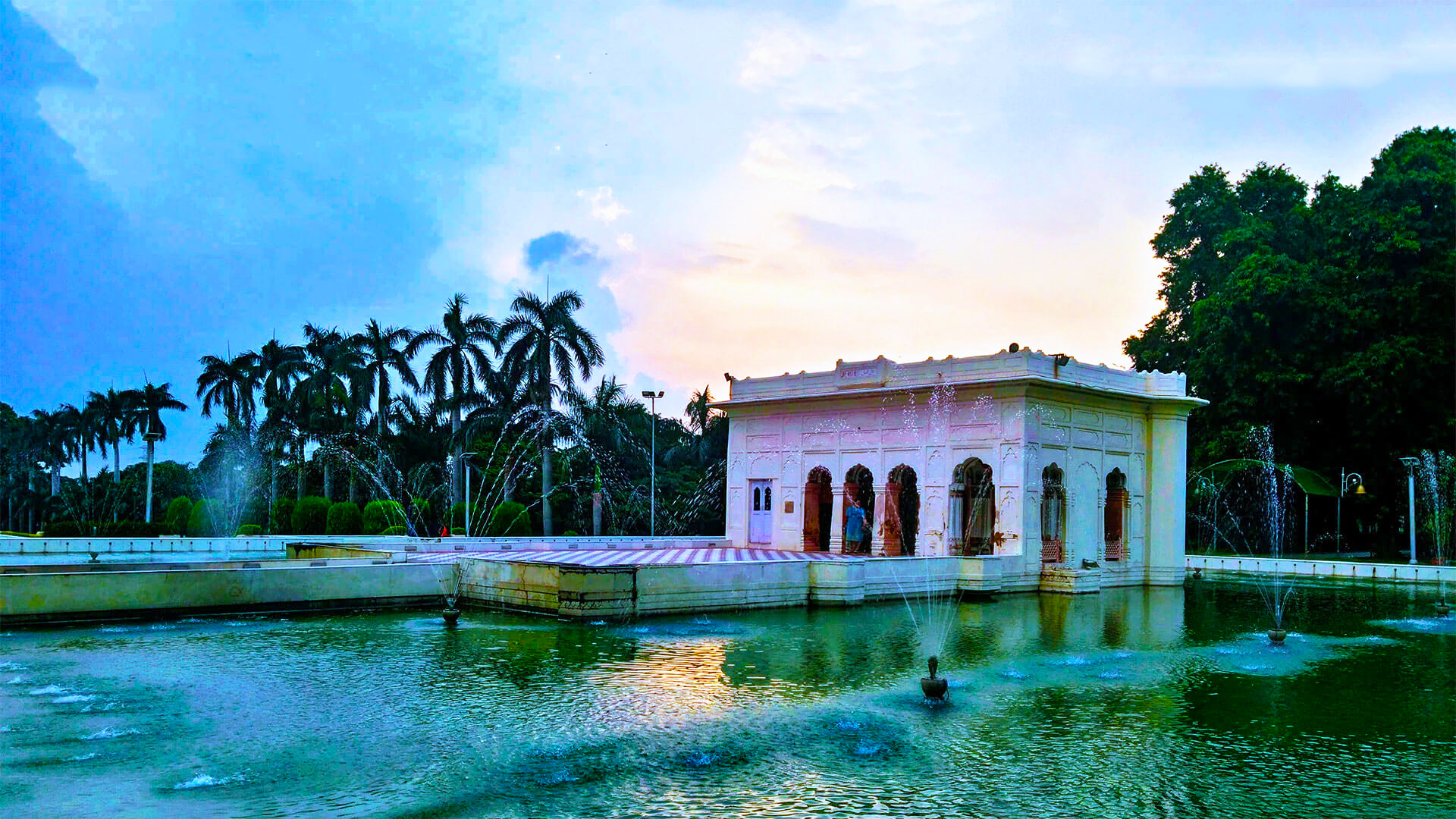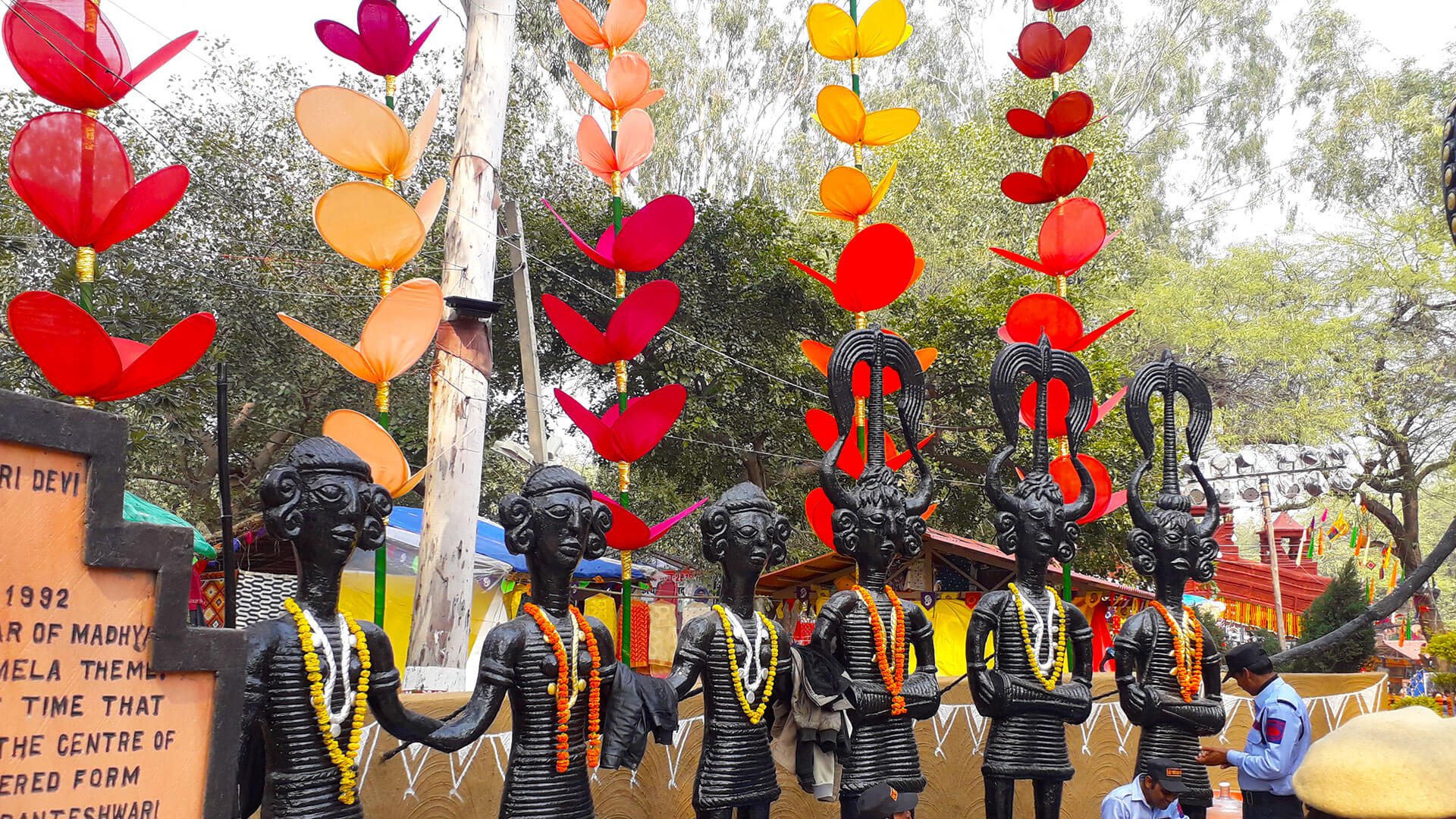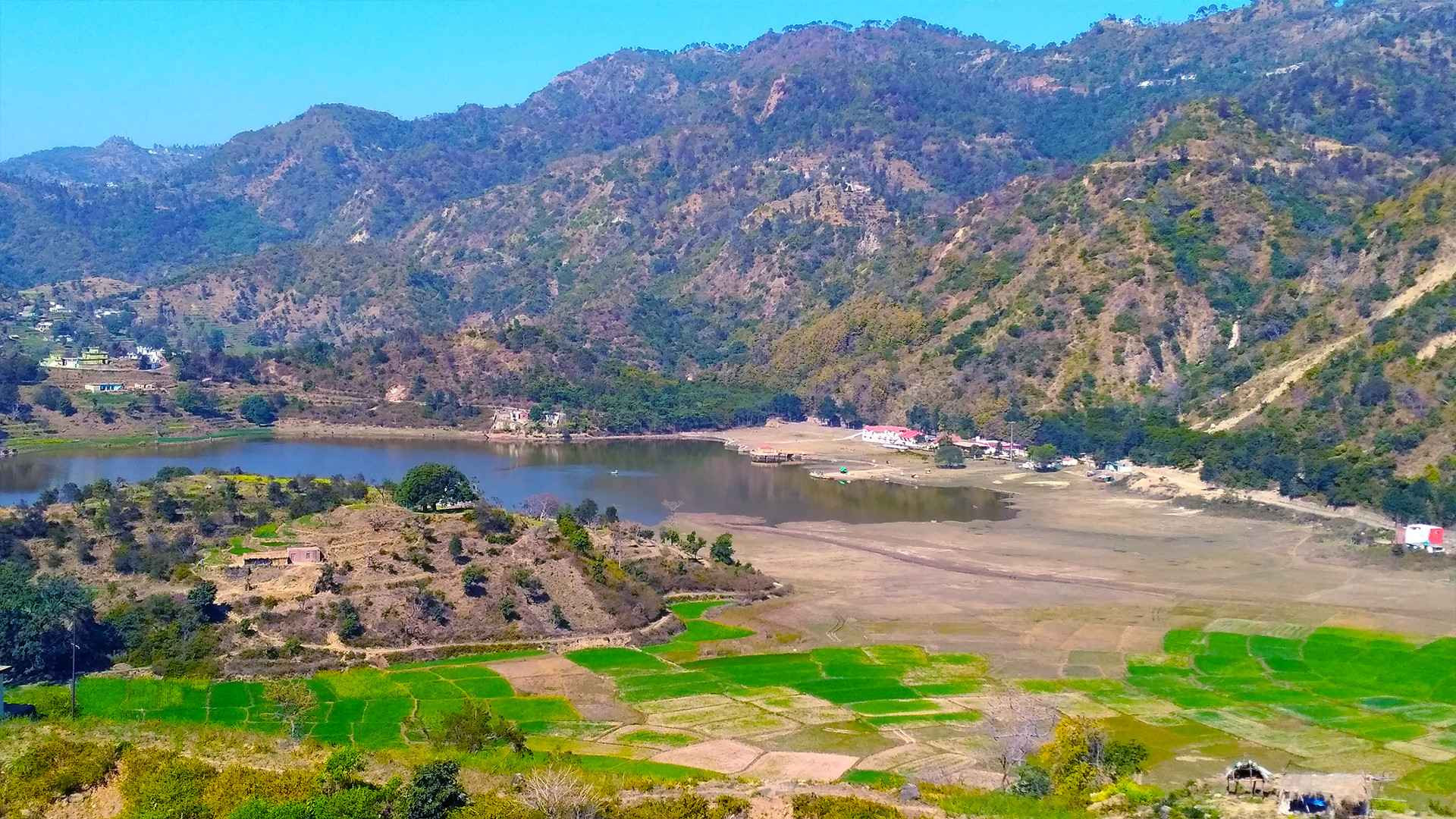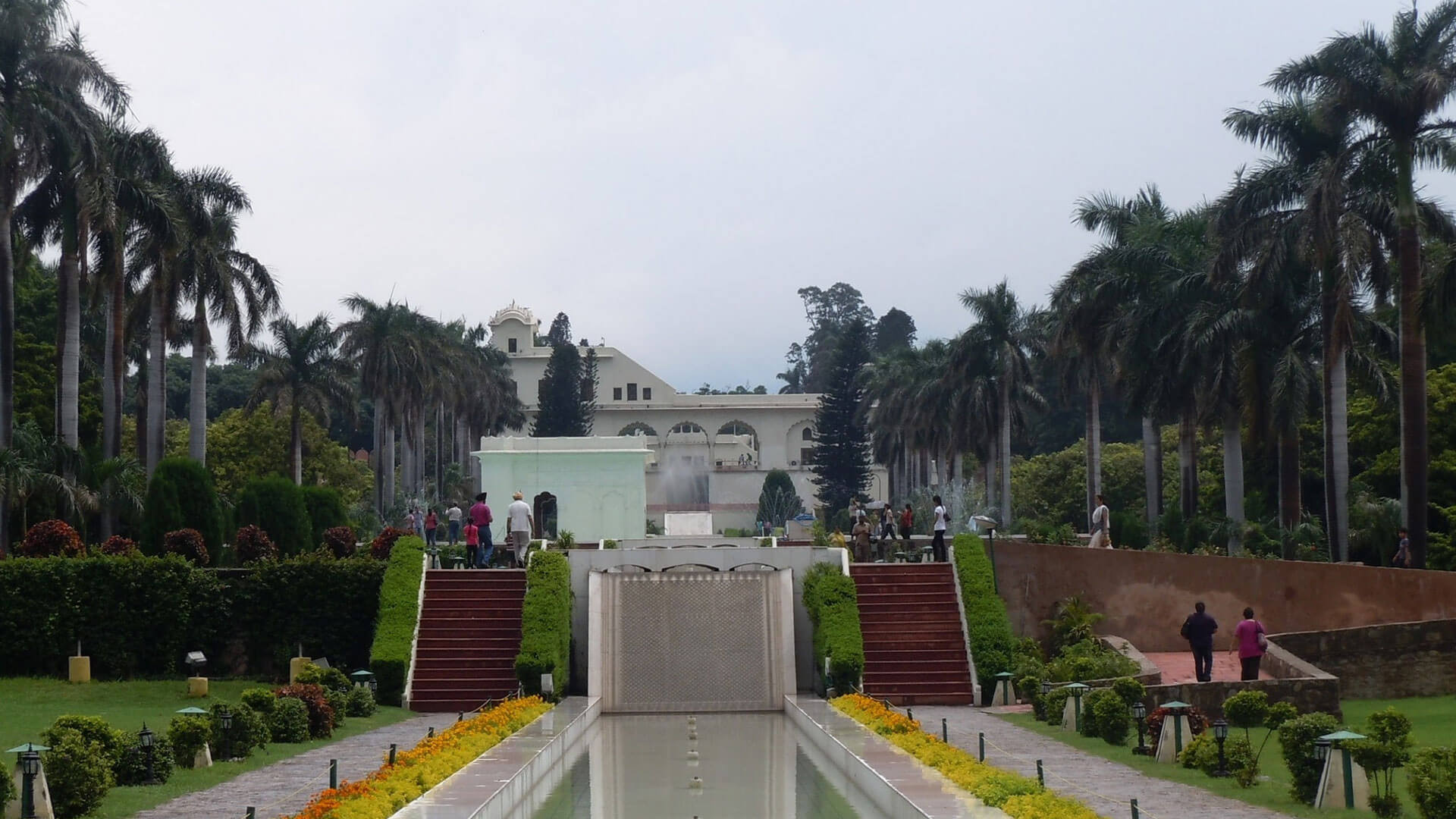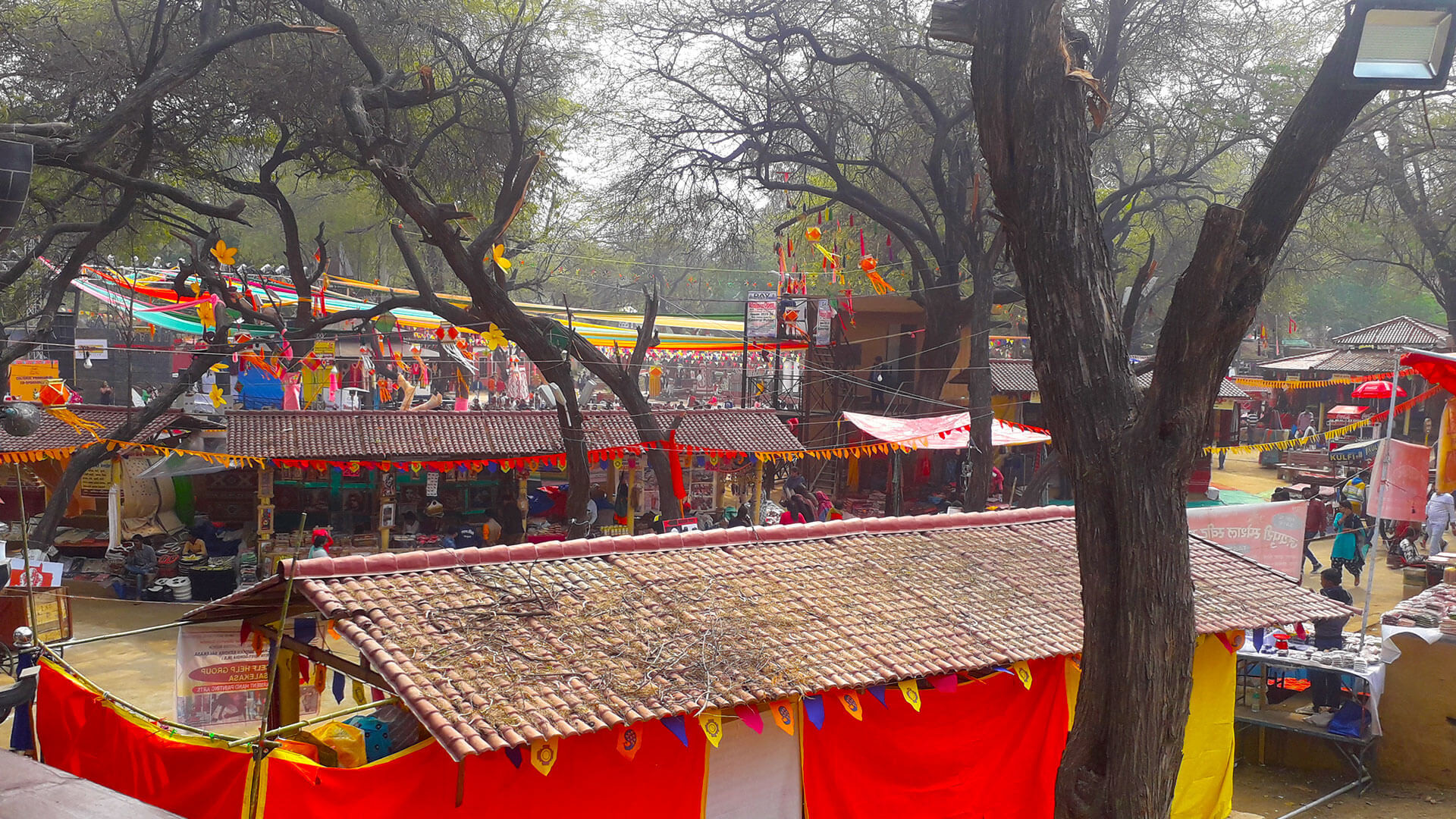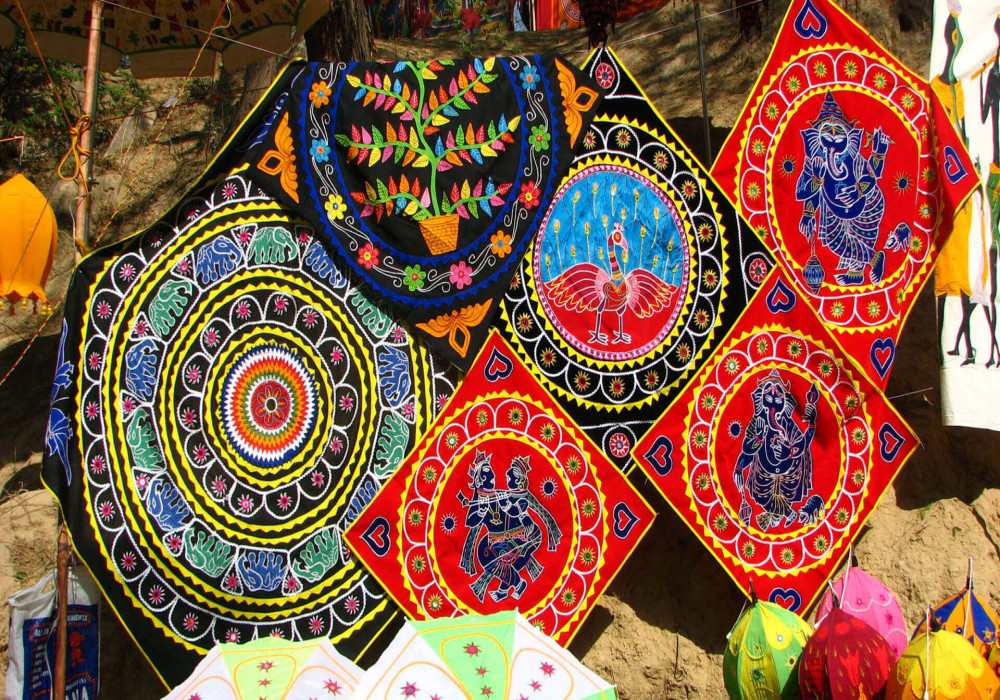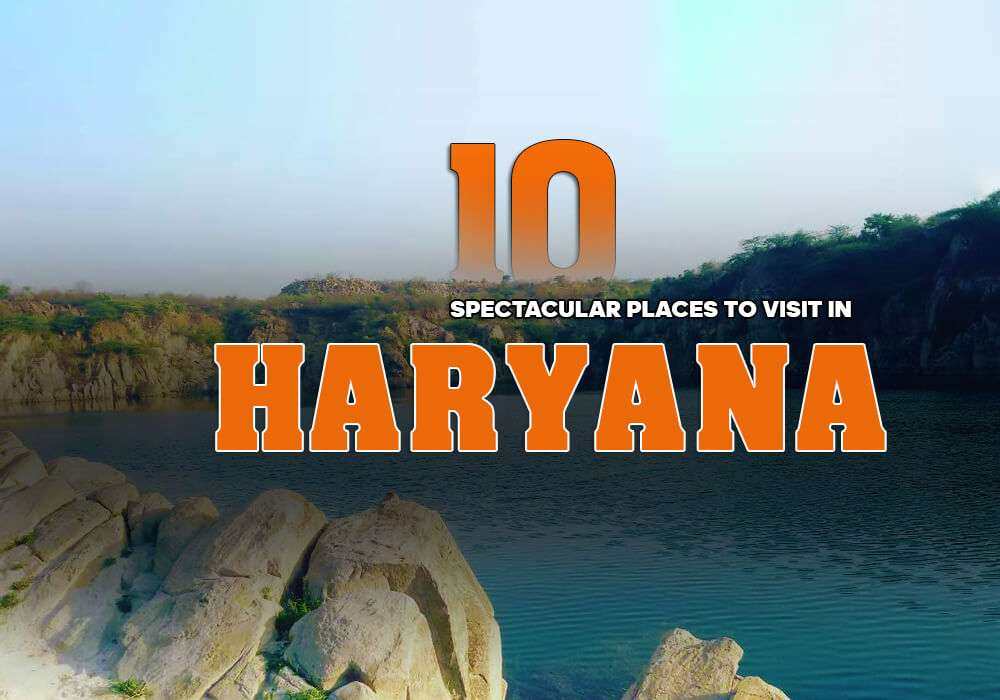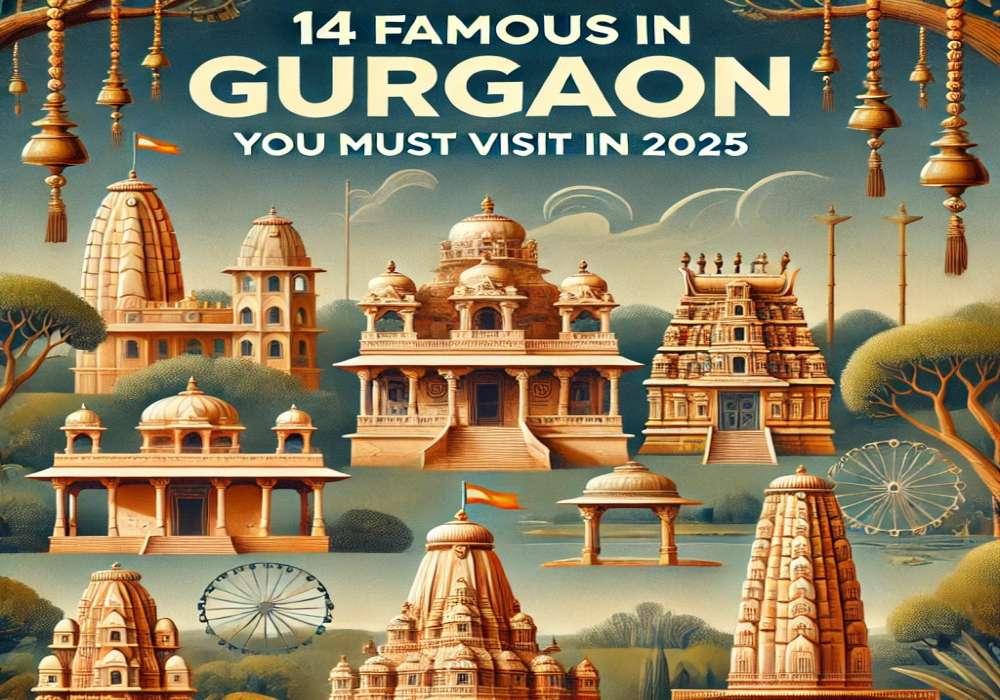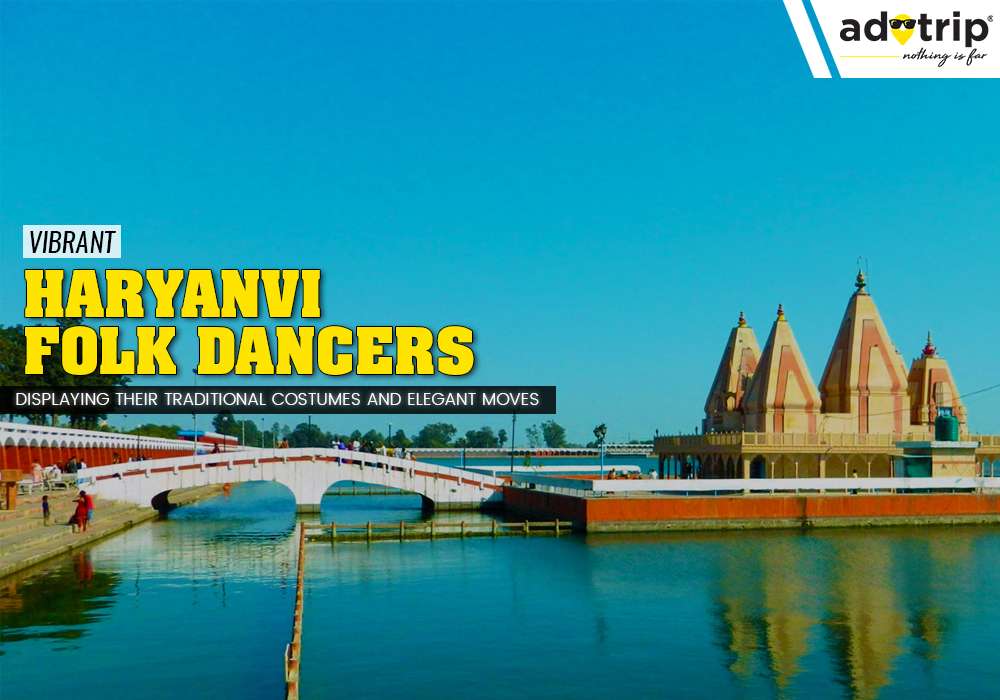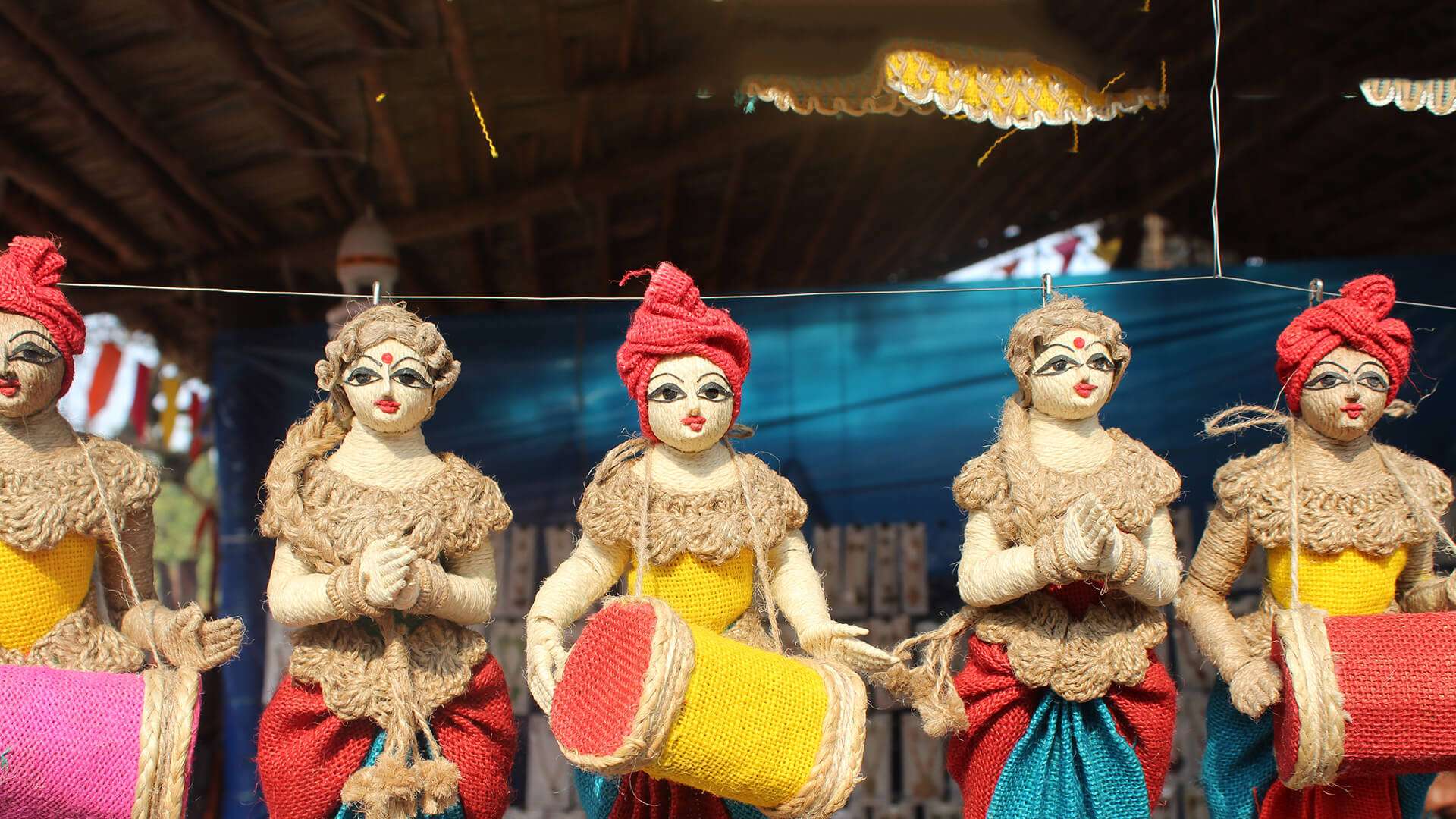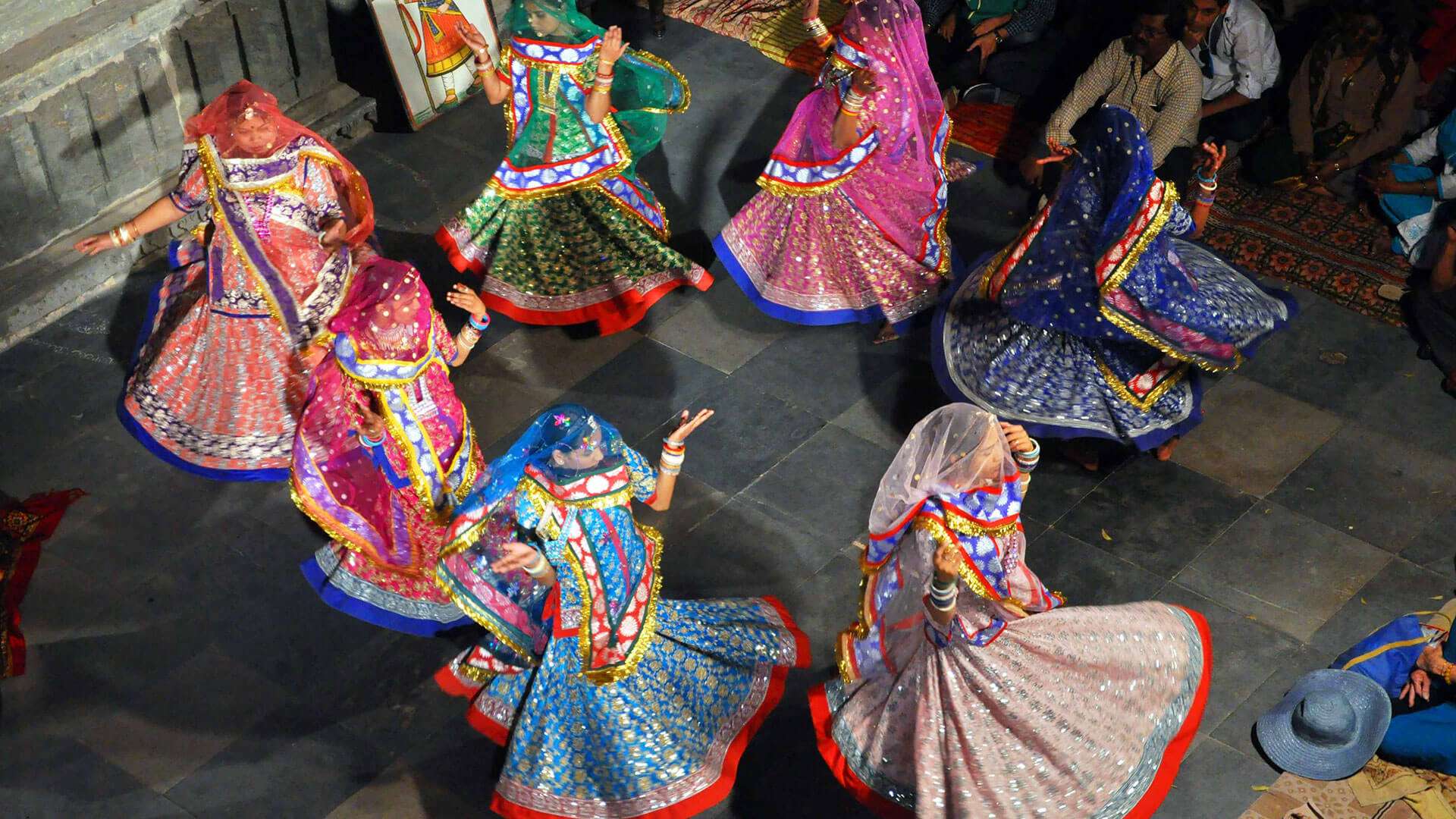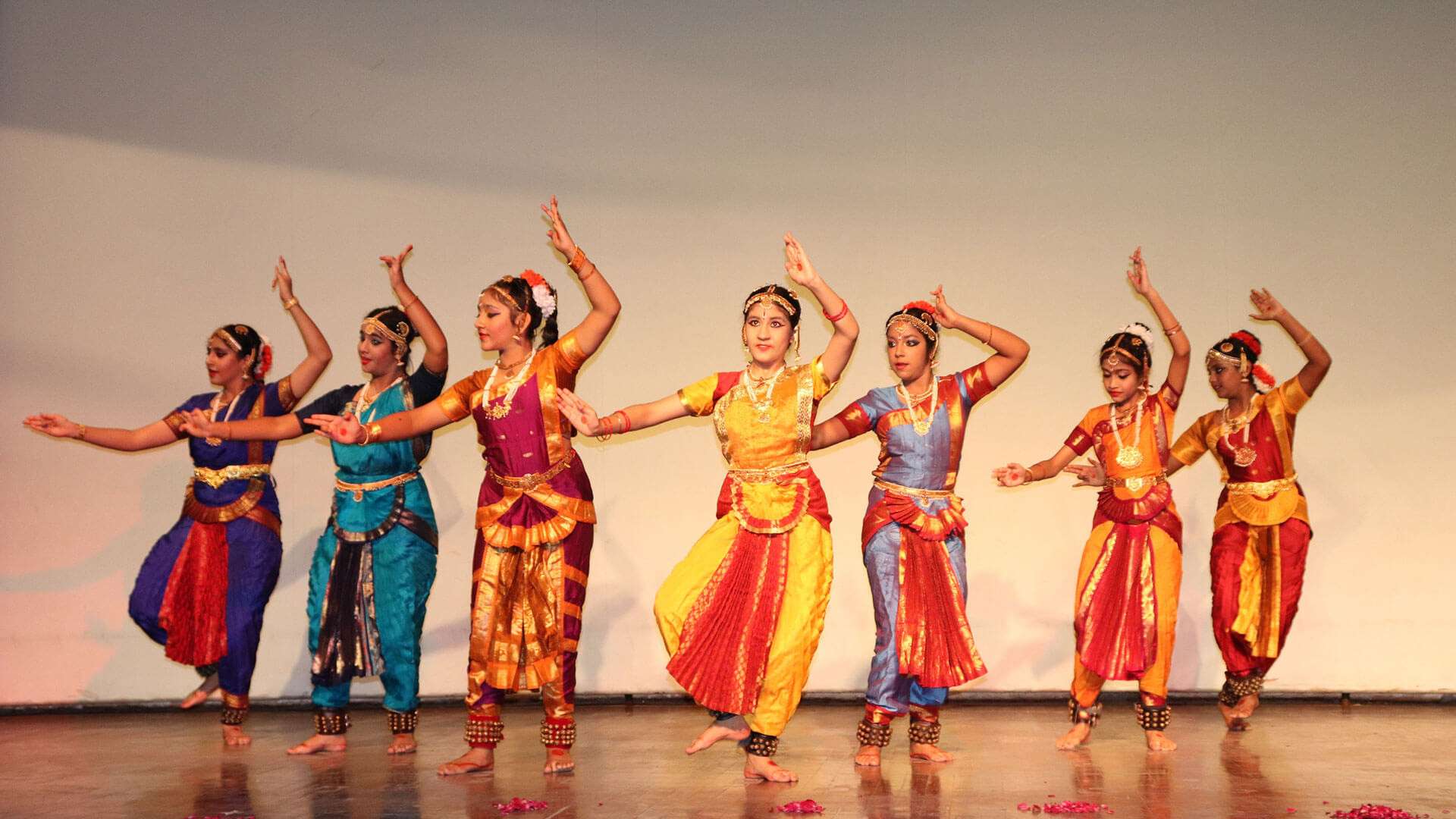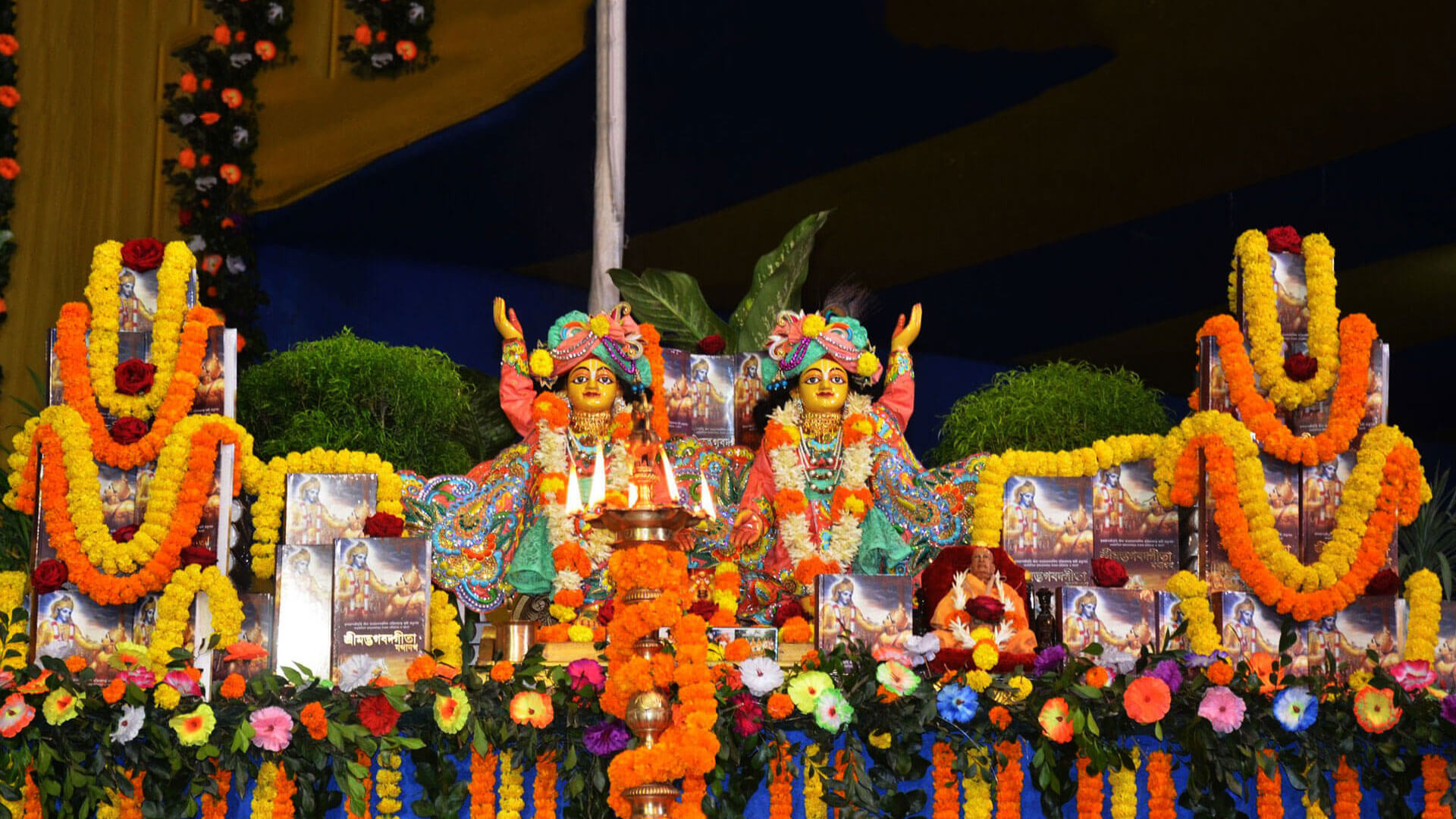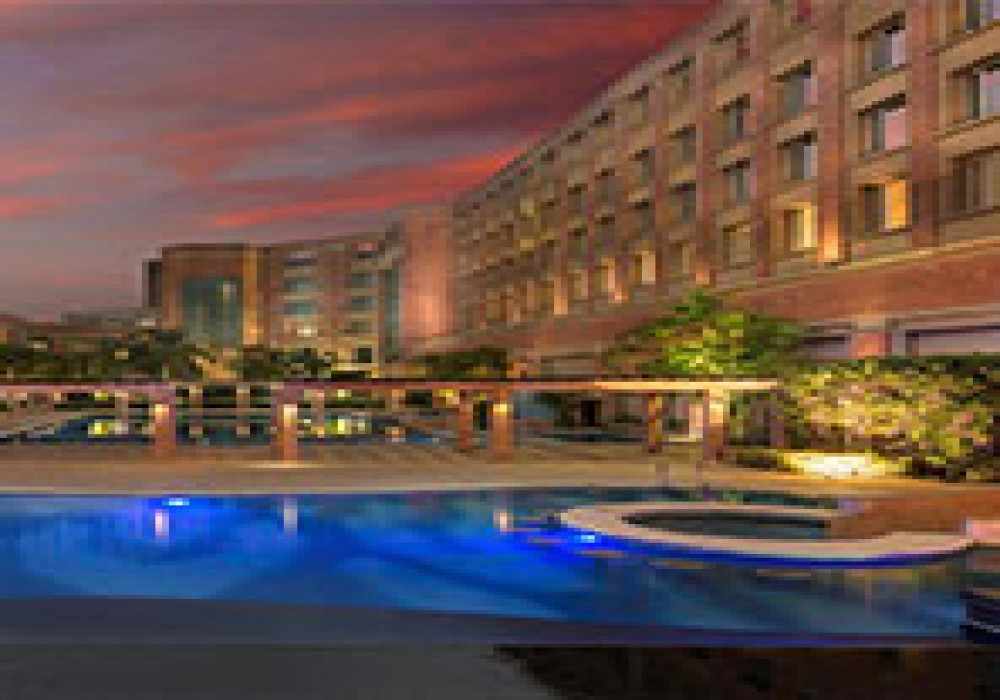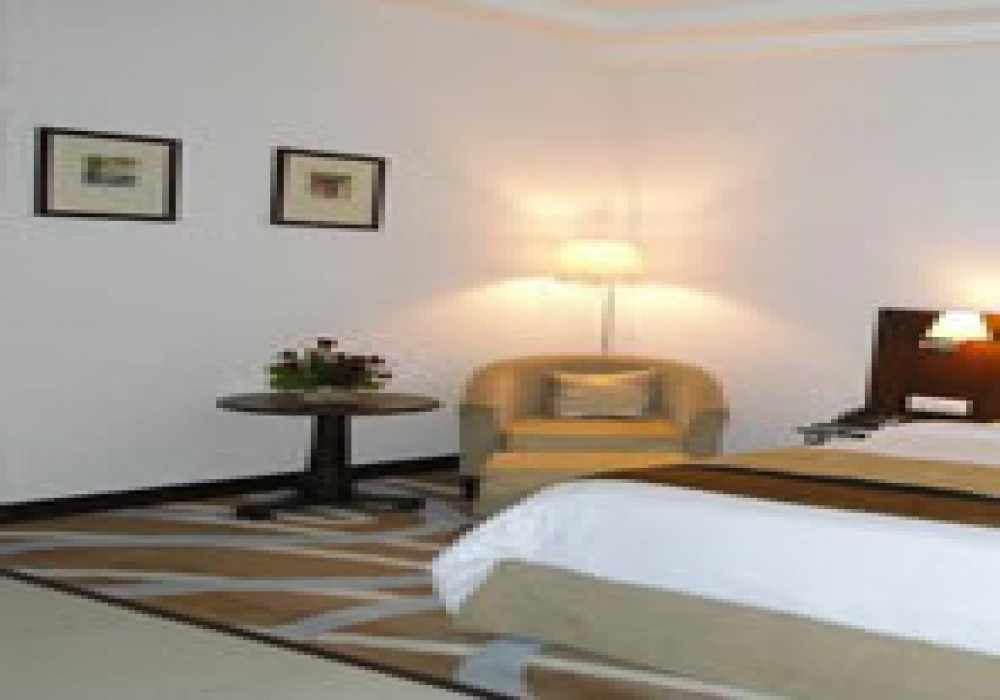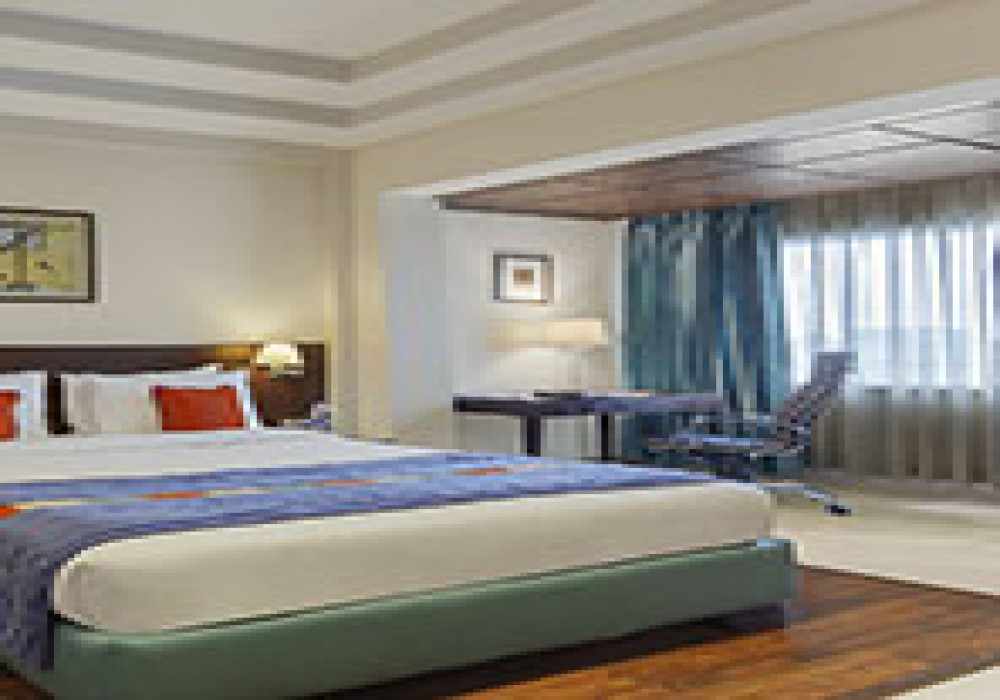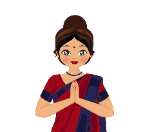Haryana Tour Packages 2025
Cities in Haryana
Best Destinations in Haryana
Located in the heart of North India, Haryana is a state that beautifully blends rich heritage with modern development. Known for its deep-rooted traditions, historical landmarks, and thriving agriculture, Haryana plays a significant role in shaping India’s cultural and economic landscape. From the legendary battlefield of Kurukshetra, where the epic Mahabharata unfolded, to the high-tech industrial hubs of Gurugram and Faridabad, the state is a fascinating mix of past and present.
Haryana is renowned for its warm hospitality, vibrant folk traditions, and colorful festivals like Teej and Baisakhi. The state's proximity to Delhi makes it a key travel destination, offering seamless connectivity through road, rail, and air networks. Tourists can explore spiritual sites, ancient temples, wildlife sanctuaries, and traditional Haryanvi cuisine that adds flavor to every journey.
Whether you're planning a cultural tour, religious retreat, or a quick getaway, Haryana tourism has something for every traveler. The state’s commitment to eco-tourism and heritage conservation also makes it a sustainable choice for responsible explorers.
Historical Significance of Haryana
Haryana’s history dates back to the Vedic era. The land has seen the rise and fall of dynasties, from the Mauryas to the Mughals. It played a crucial role in India’s independence movement. Today, its historic sites stand as reminders of its glorious past.
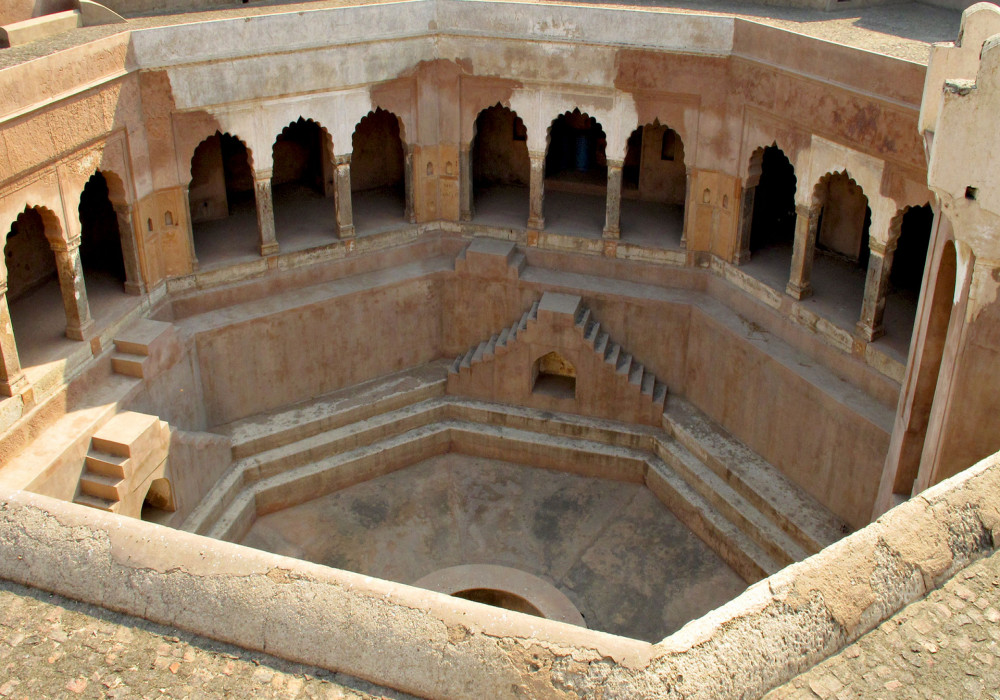
Climate in Haryana
Haryana experiences extreme climates:
- Summers (April–June) – Hot and dry.
- Monsoons (July–September) – Moderate rainfall.
- Winters (October–February) – Cold and pleasant. The best time to visit is from October to March when the weather is comfortable.
Culture of Haryana
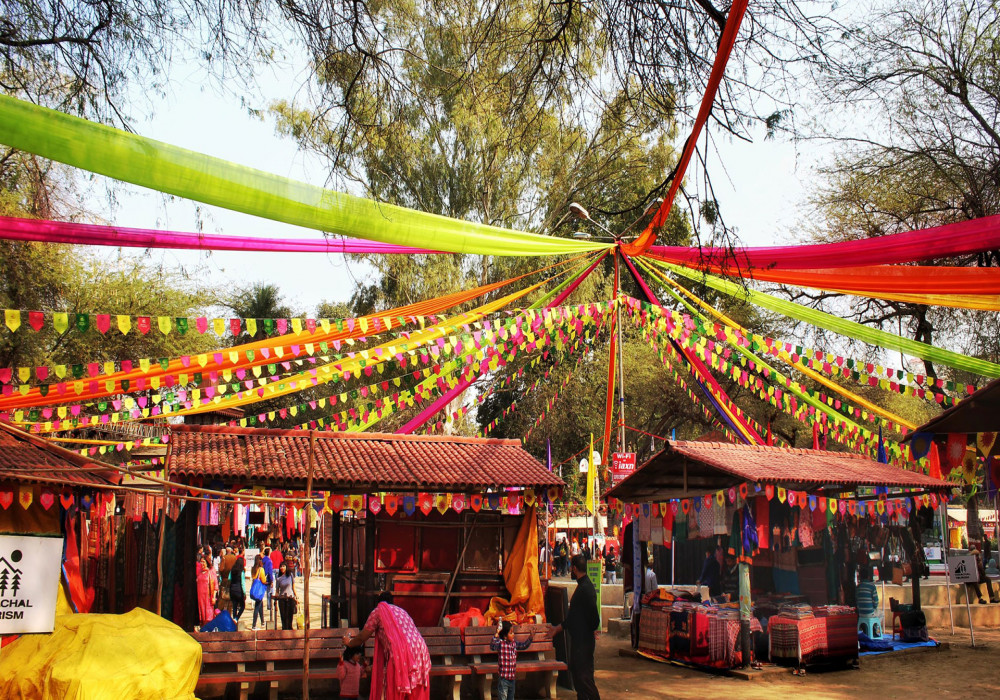
The state’s vibrant culture is reflected in its folk music, dance, and fairs. The famous Surajkund Mela showcases India’s best handicrafts. Traditional dance forms like Phag and Gugga bring alive Haryana’s rural charm. Festivals like Lohri, Teej, and Baisakhi are celebrated with great enthusiasm.
Top Places to Visit in Haryana
| Place | Key Attraction | Best Time to Visit | Highlights |
| Kurukshetra | Brahma Sarovar, Jyotisar, Krishna Museum | Oct – Mar | Mythological importance, religious tourism |
| Gurugram | Kingdom of Dreams, Cyber Hub, Ambience Mall | Oct – Mar | Modern lifestyle, nightlife, luxury shopping |
| Pinjore | Pinjore Gardens, Bhima Devi Temple Complex | Sep – Mar | Mughal-era gardens, heritage site |
| Panchkula | Morni Hills, Cactus Garden, Nada Sahib | Oct – Feb | Scenic hill area, trekking, spiritual spots |
| Hisar | Firoz Shah Palace Complex, Agroha Dham | Oct – Mar | Historical architecture, archaeological significance |
| Faridabad | Surajkund, Badkhal Lake | Nov – Feb | Surajkund Mela, crafts, artificial lake |
| Panipat | Panipat Museum, Kabuli Bagh Mosque | Oct – Mar | Battle history, Mughal heritage |
| Sultanpur | Sultanpur Bird Sanctuary | Nov – Feb | Bird watching, nature photography |
| Rewari | Rewari Heritage Steam Locomotive Museum | Oct – Mar | Vintage trains, family-friendly attraction |
| Thanesar | Sheikh Chilli’s Tomb, Sannihit Sarovar | Oct – Mar | Historical and religious significance |
Top Free Things to Do in Haryana
- Visit the Kurukshetra war site and relive history.
- Take a spiritual dip at Brahma Sarovar.
- Hike through the scenic Morni Hills.
- Explore the ancient Sheikh Chilli’s Tomb.
- Attend the Surajkund Mela (entry free on select days).
- Visit the Yadavindra Gardens for a royal experience.
- Walk around Damdama Lake and enjoy nature.
- Witness the grandeur of Asthal Bohar Monastery.
Read More : Places to Visit in Haryana
Why Visit Haryana?
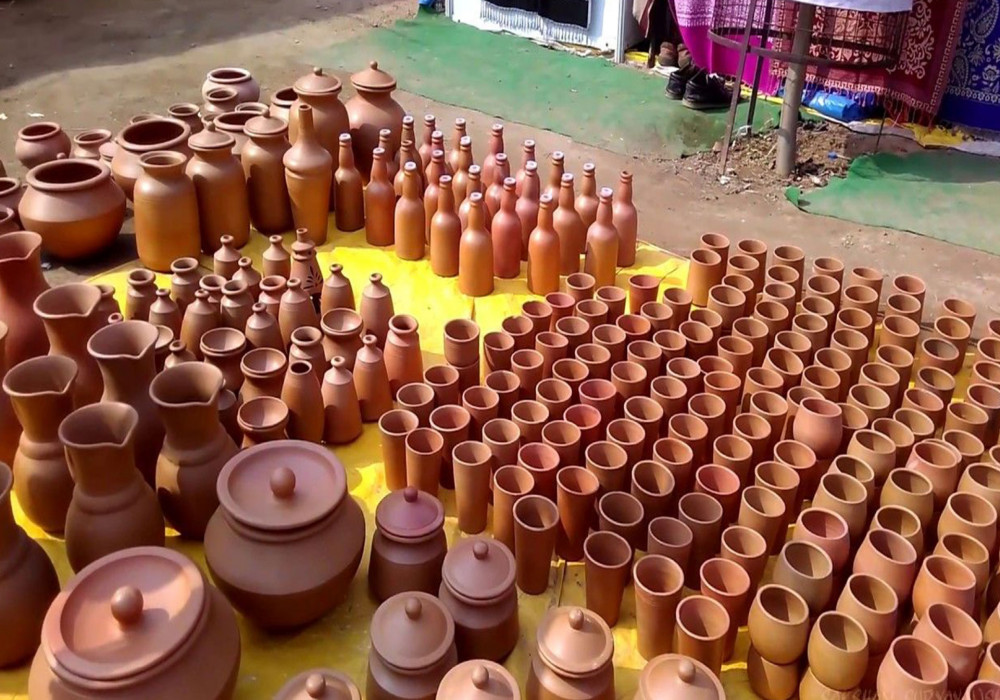
- Rich History – Explore ancient sites and temples.
- Modern Attractions – Enjoy luxury resorts and urban entertainment.
- Cultural Heritage – Experience folk festivals and traditions.
- Scenic Beauty – Discover lakes, gardens, and hills.
- Adventure & Wildlife – Go trekking, boating, and birdwatching.
How to Reach Haryana
- By Air: Chandigarh and Delhi airports offer easy access.
- By Train: Well-connected via major railway stations like Ambala, Kurukshetra, and Gurgaon.
- By Road: Haryana has a vast network of highways for seamless travel.
Best Tour Packages in Haryana
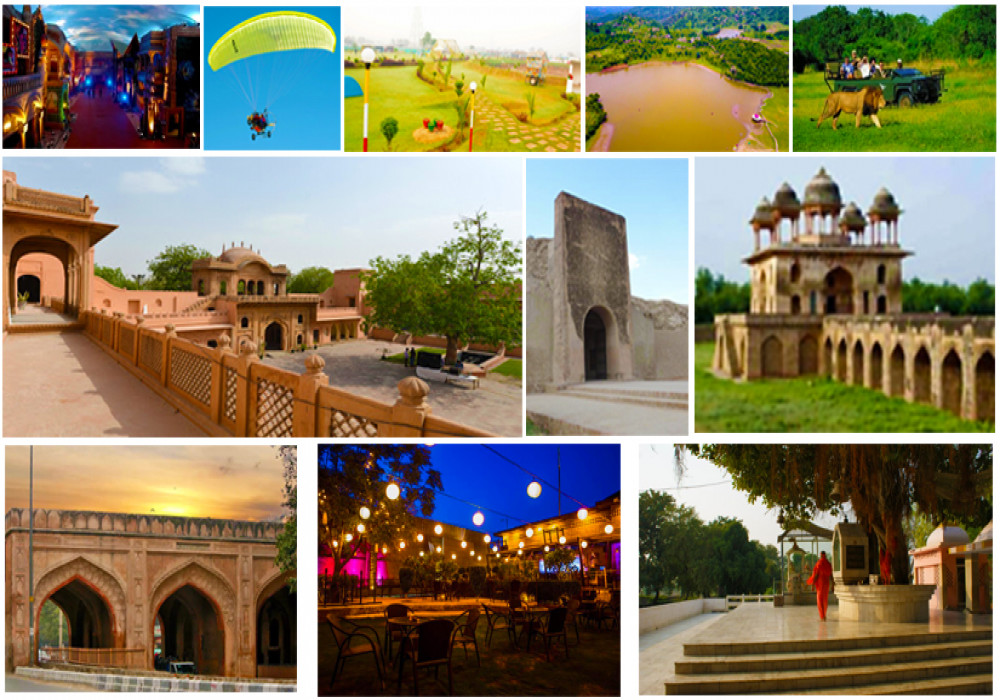
Want a stress-free trip? Our Haryana tour packages cover historical, cultural, and adventure destinations. Whether you seek a romantic escape, a spiritual journey, or an adventure getaway, we have the perfect plan for you!
Discover Haryana with Our Tailored Packages!
Experience the best of Haryana with our customised travel packages. Whether you love history, nature, or adventure, we craft the perfect itinerary for you!
Frequently Asked Questions about Haryana
Q1: What is Haryana famous for?
A1: Haryana is famous for its rich cultural heritage, historical landmarks, vibrant festivals, and rapid industrial growth. It is the birthplace of the Bhagavad Gita (Kurukshetra), known for Surajkund Mela, folk music, and modern cities like Gurugram and Faridabad.
Q2: Which are the top tourist places to visit in Haryana?
A2: Some of the best tourist places in Haryana include Kurukshetra, Gurugram, Pinjore Gardens, Morni Hills, Sultanpur Bird Sanctuary, and Surajkund. Each destination offers a unique experience ranging from heritage and spirituality to nature and modern attractions.
Q3: What is the best time to visit Haryana?
A3: The ideal time to visit Haryana is from October to March when the weather is pleasant and suitable for sightseeing, cultural events, and outdoor activities.
Q4: How to reach Haryana for tourism?
A4: Haryana is well-connected by road, rail, and air. Major cities like Gurugram and Faridabad are part of the Delhi NCR region, with easy access via IGI Airport (Delhi), national highways, and railway networks.
Q5: What are the cultural highlights of Haryana?
A5: Haryana’s cultural highlights include traditional Haryanvi folk dances like Ghoomar and Phag, festive celebrations like Teej and Baisakhi, local handicrafts, and the globally popular Surajkund International Crafts Mela.

